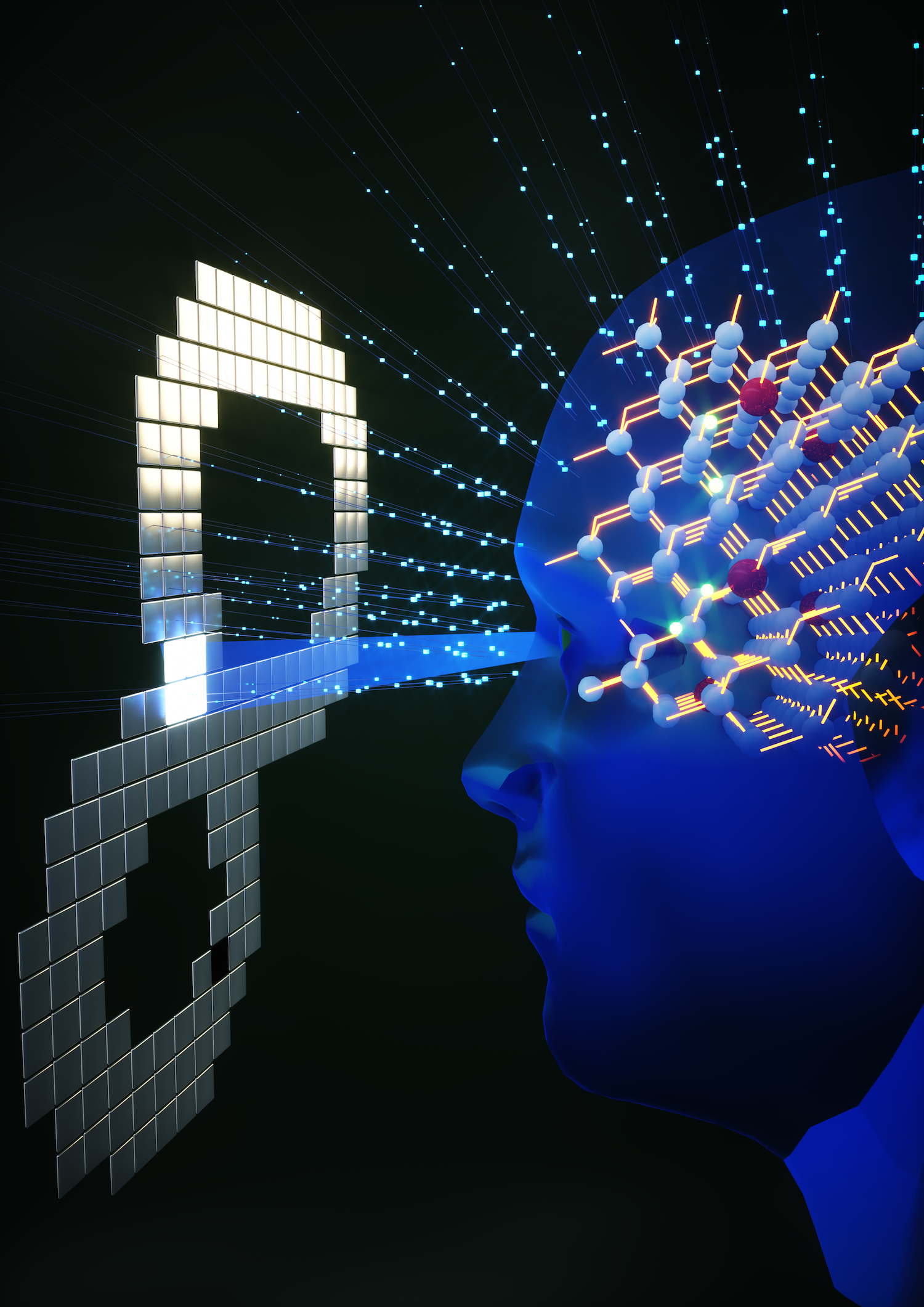Please join us for the December MIT.nano Seminar Series:
Prof. Wilfred G. van der Wiel
 Full Professor of Nanoelectronics
Full Professor of Nanoelectronics
Director of the BRAINS Center for Brain-Inspired Nano Systems
University of Twente, The Netherlands
Date: Monday, December 5, 2022
Time: 11:00 AM - 12:00 PM ET
Location: Virtual on Zoom, register to receive the link.
To receive event announcements, sign up for our email list.
Abstract
The strong increase in digital computing power, in combination with the availability of large amounts of data, has led to a revolution in machine learning. Computers now exhibit superhuman performance in activities such as pattern recognition and board games. However, the implementation of machine learning in digital computers is intrinsically wasteful, with energy consumption becoming prohibitively high for many applications. For that reason, people have started looking at natural information processing systems, in particular the brain, that operate much more efficiently. Whereas the brain utilizes wet, soft tissue for information processing, one could, in principle, exploit nearly any material and its physical properties to solve a problem. Here, we give examples of how nanomaterial networks can be trained using the principle of material learning to take full advantage of the computational power of matter1.

We have shown that a "designless" network of gold nanoparticles can be configured into Boolean logic gates using artificial evolution2. We further demonstrated that this principle is generic and can be transferred to other material systems. By exploiting the nonlinearity of a nanoscale network of boron dopants in silicon, referred to as a dopant network processing unit (DNPU), we can significantly facilitate classification. Using a convolutional neural network approach, it becomes possible to use our device for handwritten digit recognition3. An alternative material-learning approach is followed by first mapping our DNPU on a deep-neural-network model, which allows for applying standard machine-learning techniques in finding functionality4. We also show that the widely applied machine-learning technique of gradient descent can be directly applied in materia, opening up the pathway for autonomously learning hardware systems5. Finally, we show that kinetic Monte Carlo simulations of electron transport in DNPUs can be used to reproduce the main characteristics and to depict the charge trajectories6.
References
[1] C. Kaspar et al., Nature 594, 345 (2021)
[2] S.K. Bose, C.P. Lawrence et al., Nature Nanotechnol. 10, 1048 (2015)
[3] T. Chen et al., Nature 577, 341 (2020)
[4] H.-C. Ruiz Euler et al., Nature Nanotechnol. 15, 992 (2020)
[5] M.N. Boon et al., arxiv.org/abs/2105.11233 (2021)
[6] H. Tertilt, J. Bakker, M. Becker, B. de Wilde et al., Phys. Rev. Appl. 17, 064025 (2022)
Biography
Wilfred G. van der Wiel (Gouda, 1975) is a full professor of nanoelectronics and director of the BRAINS Center for Brain-Inspired Nano Systems at the University of Twente, The Netherlands. He holds a second professorship at the Institute of Physics of the Westfälische Wilhelms-Universität Münster, Germany. His research focuses on unconventional electronics for efficient information processing. Van der Wiel is a pioneer in material learning at the nanoscale, realizing computational functionality and artificial intelligence in designless nanomaterial substrates through principles analogous to machine learning. He is the author of more than 125 journal articles receiving over 10,000 citations.
